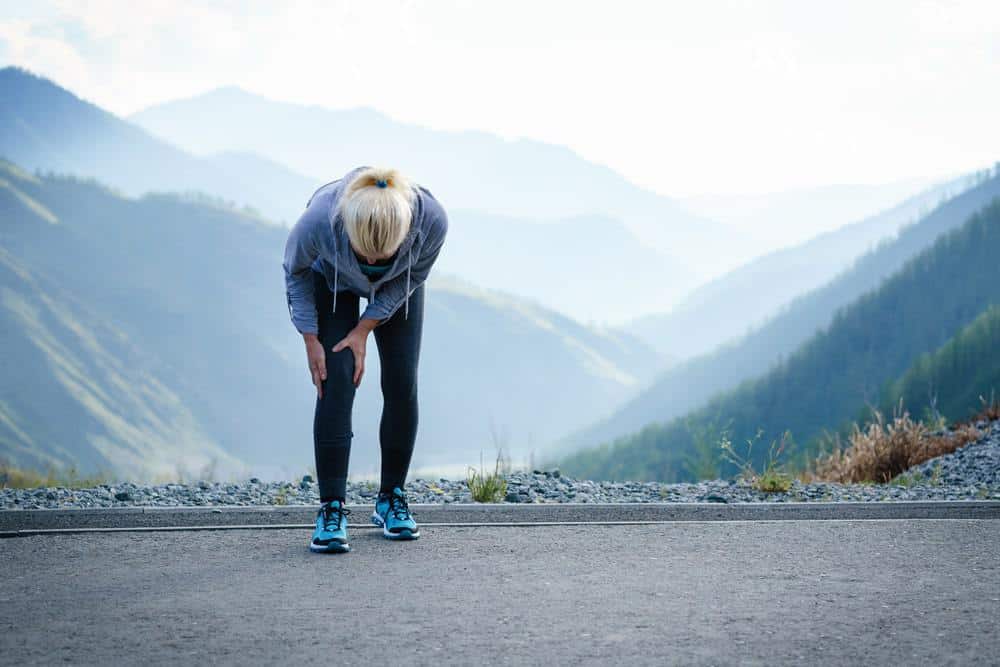People of all ages can experience knee pain for a variety of reasons. The actual knee joint is a type of hinge joint that allows for the leg to bend and straighten smoothly. An injury or issue with the knee joint can cause pain and discomfort that makes regular movements uncomfortable. If you have pain that affects your ability to walk or move around like you used to, then you want to visit a knee pain doctor for help. Because the knee joint is complex, understanding the anatomy of the knee helps with diagnosing the cause of your pain. The knee joints bear a lot of weight and also help you stay mobile. If you have knee pain, then meet with a doctor to learn where it is coming from and what type of treatment options are available to you.
How Different Areas of the Knee Experience Pain
The knee joint is a complex structure and is also the largest joint in the human body. In addition to bones, the knee joint is also made up of cartilage, muscles, ligaments, tendons, and other soft tissues. Here are examples of different areas of the knee and what type of pain you may experience with each.
Knee Bones
The knee joint is actually made up of two joints, the tibiofemoral joint and the patellofemoral joint. The tibiofemoral joint is the main joint that connects the thigh and shin bones, while the patellofemoral joint connects the knee cap and thigh bone. Four bones come together with the knee joint: the femur, also known as the thigh bone, the patella, also commonly referred to as the knee cap, and the two bones that make up the shin, the tibia and fibula. Any damage to one of these bones can negatively impact the structure of the knee and the ability to move your leg.
Knee Cartilage
There are different types of knee cartilage that help absorb shock from general wear and tear on the knee joint. Cartilage in the knee joint also helps to reduce friction with the repetitive motions of the legs. Cartilage also helps prevent the bones of the knee joint from rubbing together and helps with balance and stability. Injury to the cartilage of the knee can occur with a sudden twist or fall, like with a torn meniscus. Wear and tear can also cause the cartilage to become more brittle and lead to issues like arthritis.
Knee Muscles
The muscles that support the knee joint include leg muscles, hamstrings, and glutes. All of these muscles work together to help you move effectively. Any weakness or tightness in one of these muscles can cause knee pain. The quadriceps are the four muscles that make up the front of the thigh and help straighten the knee, while the hamstrings are the three muscles on the back of the thigh that help bend the knee. When either or both of these is injured or weakened, it can cause pain and swelling in the area. The glutes help support the knee joint by controlling its positioning and how forces transfer through the knee joint. Damage to muscles that support the knee joint can affect the functioning of your knee.
Knee Ligaments
Ligaments are fibrous tissues that help connect bones together and stabilize joints. There are two sets of ligaments in the knee joint and each controls different aspects of how the knee moves. Some of the most common knee ligament injuries are ACL and MCL tears that often affect athletes in football, soccer, and tennis. A sprain or tear of ligaments in the knee joint can cause the joint to be immobilized and may require surgery.
Knee Tendons
Tendons in the knee joint help to link muscles and bones that make up the joint structure. The main tendon in the knee joint is known as the patellar tendon and it connects the quadricep muscles to the shin bone. Tendons are susceptible to overuse injuries that cause damage and lead to pain like tendonitis. You may also experience tenderness, swelling, and inflammation of the tendon that causes pain in and around the knee cap. Learn how to heal sore knees with proper precautions and treatment.
Diagnosing and Treating Knee Pain
If you are experiencing knee pain, then visit AICA Orthopedics near you and meet with one of our knee pain doctors to learn more about where the pain is coming from and how we can help!





